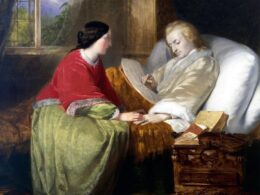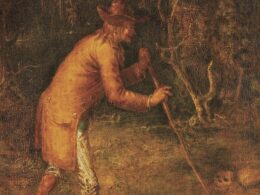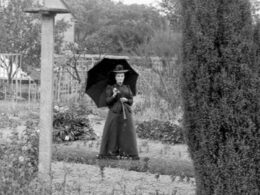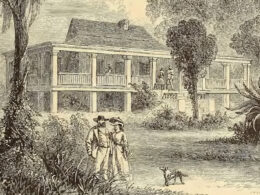Kate Chopin (1850–1904)
From Kate Chopin: Complete Novels & Stories
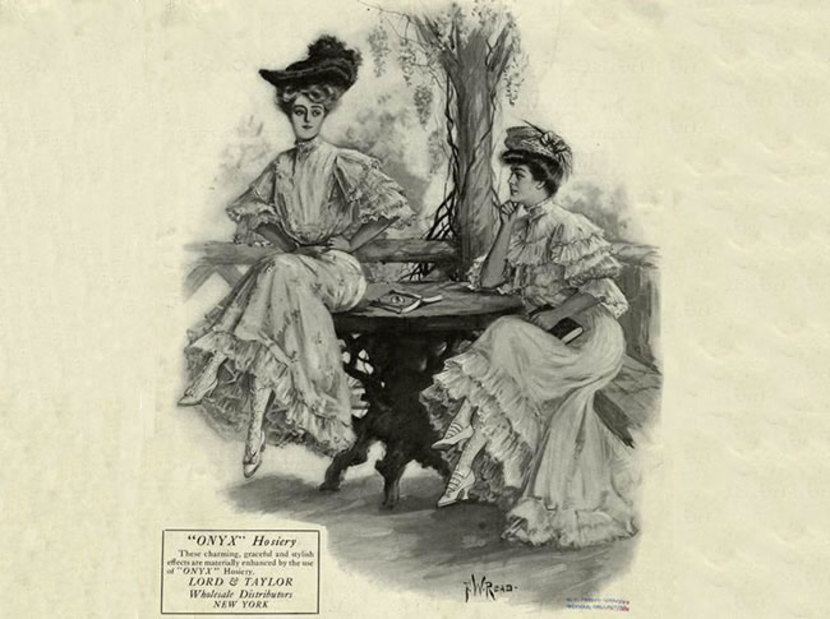
February 8 marks the 166th anniversary of Kate Chopin’s birth.
During the early 1890s, inspired by the stories of French author Guy de Maupassant, Chopin began to expand her repertoire beyond the tales of “local color” for which she was famous. She even translated eight of his stories, but no publisher would consider her proposal to publish a book-length collection of his fiction. Maupassant’s realism and his emphasis on psychological development were considered too “racy” by American readers and editors, and only three of Chopin’s translations were published during her lifetime, all in local St. Louis newspapers.
Chopin encountered similar resistance to her own stories. Even the mention of trying on hosiery and feeling “the touch of the raw silk to her flesh”—a seemingly innocuous line in “A Pair of Silk Stockings”—was considered too sensual. Fortunately for American literature, the editors at a brand-new magazine named Vogue were more than happy to publish what The Atlantic, Harper’s, and Century wouldn’t touch, and they published nineteen of her stories between 1893 and 1900—including “A Pair of Silk Stockings,” our Story of the Week selection.
